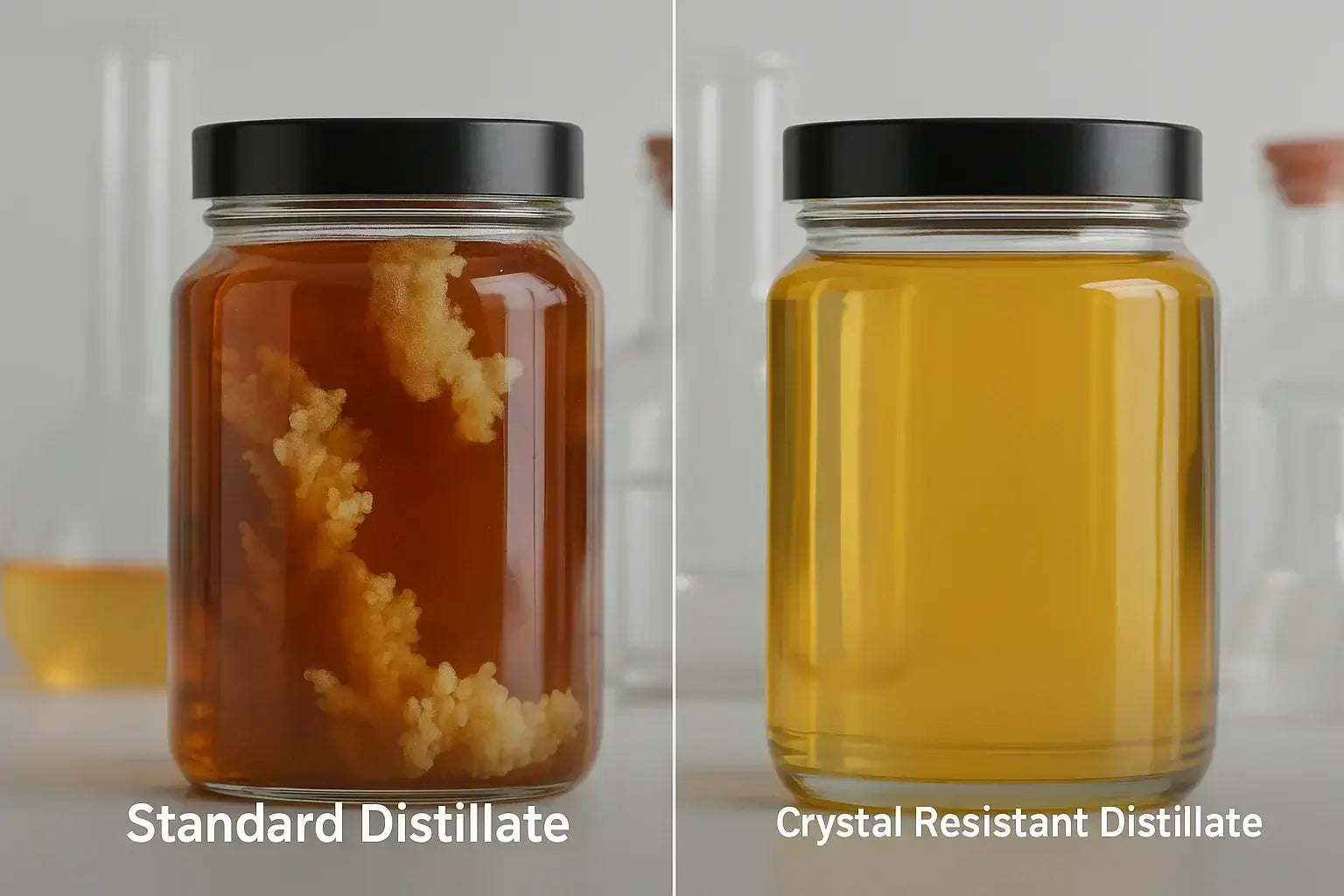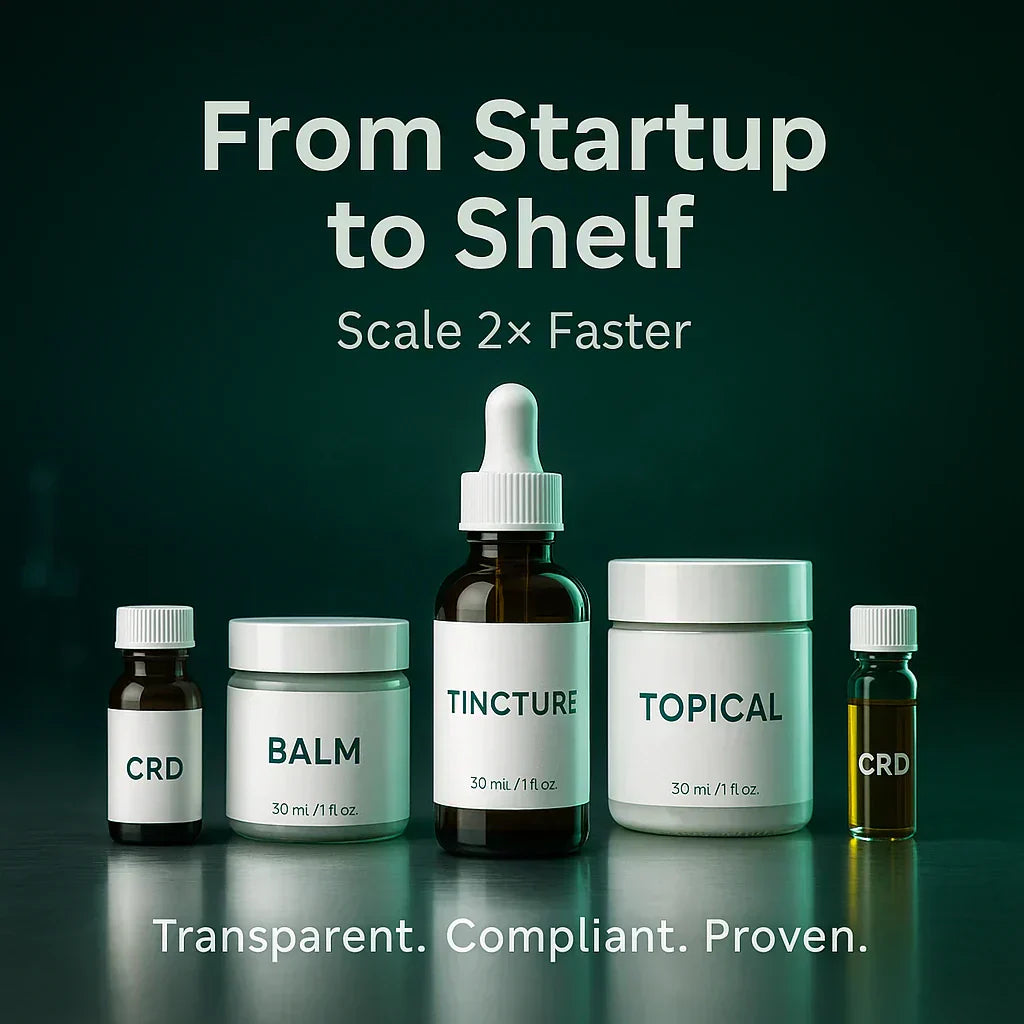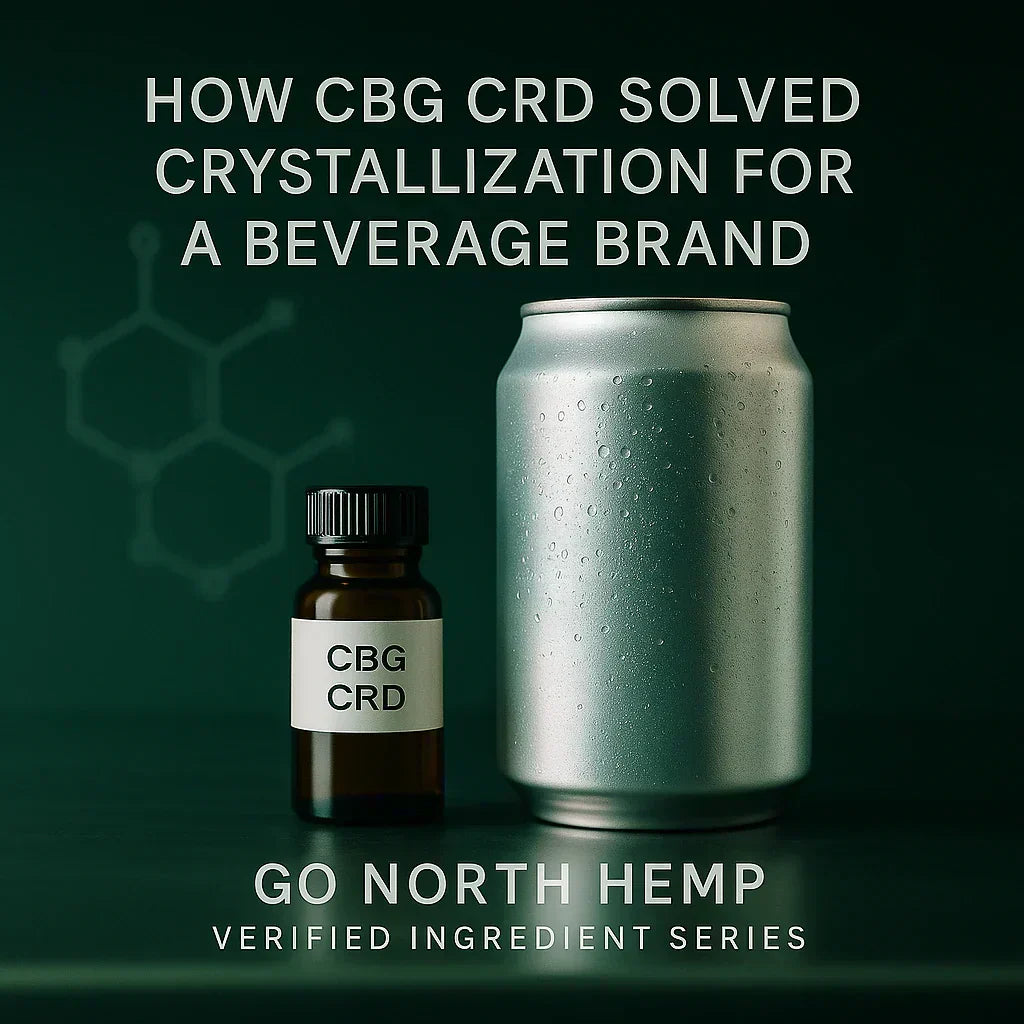
Picture this: you've just filled a thousand vape cartridges with what looks like perfect, golden distillate. Everything seems great. Then, a week later, half of them won't hit because the oil has turned into something that looks like honey left in the freezer. That's the frustrating reality of working with standard distillate.
This is exactly why Crystal Resistant Distillate (CRD) came about. It's essentially the same high-quality hemp extract, but engineered to stay smooth and workable for months instead of weeks. For anyone making vapes, tinctures, or gummies, it's honestly a game-changer.
Understanding Standard Distillate
Standard distillate is what most people think of when they hear "hemp extract." It's that thick, amber oil that's been refined to concentrate the good stuff – usually CBD or other cannabinoids at pretty high levels.
When it's fresh, standard distillate looks fantastic. It's got that rich, honey-like consistency that screams quality. And for certain applications like capsules or when you're doing bulk processing, it works just fine. The problem starts showing up over time.
Here's the thing about high-CBD distillates: when you're dealing with concentrations of 60 to 90 percent CBD, crystallization isn't just possible – it's almost inevitable. Those CBD molecules really want to stack up together, kind of like how sugar crystals form in syrup that's been sitting around.

Learn more about our Full Spectrum Distillate COA and how standard distillates compare under verified compliance testing.
What Makes CRD Different
Crystal Resistant Distillate takes a completely different approach. Instead of just accepting that crystallization will happen, the refinement process is designed to prevent it from the start.
The secret isn't some magical additive – it's actually about balance. CRD contains a carefully crafted mix of cannabinoids that essentially interrupt the crystallization process. Think of it like having a few troublemakers in a perfectly organized line – they keep things from getting too orderly and rigid.
The result is an oil that stays clear, golden, and most importantly, pourable for six months, a year, sometimes even longer. It doesn't fight you when you're trying to fill cartridges at 7 AM on a Monday morning.
For a deeper dive into functional cannabinoid blends, explore Euphorinol (EPN) — our next-generation CBD + CBG matrix proven to enhance formulation synergy.

The Science Behind Crystallization
This isn't some mysterious process – it's actually pretty straightforward chemistry. When you concentrate CBD to really high levels, those molecules start behaving like any other substance that's been concentrated. They want to organize themselves into crystals.
In standard distillate, there's nothing stopping this natural tendency. The CBD molecules are free to stack up and form those rock-hard crystals that can completely ruin a batch of cartridges.
CRD works by including just enough minor cannabinoids – things like CBG, CBC, or others – to disrupt this stacking pattern. It's like trying to build a neat tower of blocks when someone keeps throwing in differently shaped pieces. The structure never quite forms the way it wants to.

When to Choose Which
Both products have their place, and honestly, the choice often comes down to what you're making and how long you need it to stay stable.
Standard distillate makes sense when you're working with:
- Capsules (crystallization isn't really an issue when it's encapsulated or using CBD Isolate as your base)
- Isolate production
- Bulk processing where you'll use everything quickly
- Products where a little crystallization won't hurt the end result
CRD is the better choice for:
- Vape cartridges (this is probably where the difference is most obvious — see CBG CRD bulk distillate)
- Tinctures that need to stay smooth
- Gummies where consistency matters for dosing
- Beverages where you need clean mixing (often paired with CBDa Isolate for extra stability)
- Any application where you're storing products for months before use

Real-World Impact
The difference really shows up in day-to-day operations. With standard distillate, you might find yourself dealing with clogged filling equipment, uneven dosing in the final product, or having to heat and reheat material just to get it workable again.
CRD eliminates most of these headaches. Your production runs more smoothly, your final products are more consistent, and you're not throwing away batches because of crystallization issues.
Yes, CRD typically costs a bit more upfront. But when you factor in reduced waste, fewer production delays, and more consistent products, most manufacturers find it actually saves money in the long run.
See how verified stability data is published in our Compliance Hub, supported by ISO-17025 accredited labs.

The Bottom Line
Standard distillate isn't bad – it's just suited for different applications. But if you're making products where stability and consistency are crucial, especially vapes or tinctures, CRD is usually worth the extra investment.
The hemp industry has matured to the point where customers expect products that work the same way every time. CRD helps deliver on that expectation by eliminating one of the most common variables in hemp-based products.
Both options can be fully compliant with federal regulations as long as they're properly tested and stay under the 0.3% Delta-9 THC limit. It really comes down to choosing the right tool for your specific needs.
Go North Hemp CRD = Stability + Compliance
We supply both Crystal Resistant Distillate and Full Spectrum Distillate with full COAs, scalable volume, and compliance documentation.
Both Crystal Resistant Distillate and standard distillate can meet Farm Bill requirements when Delta-9 THC remains ≤ 0.3% on a dry weight basis with proper COA verification.
Related Reading:









